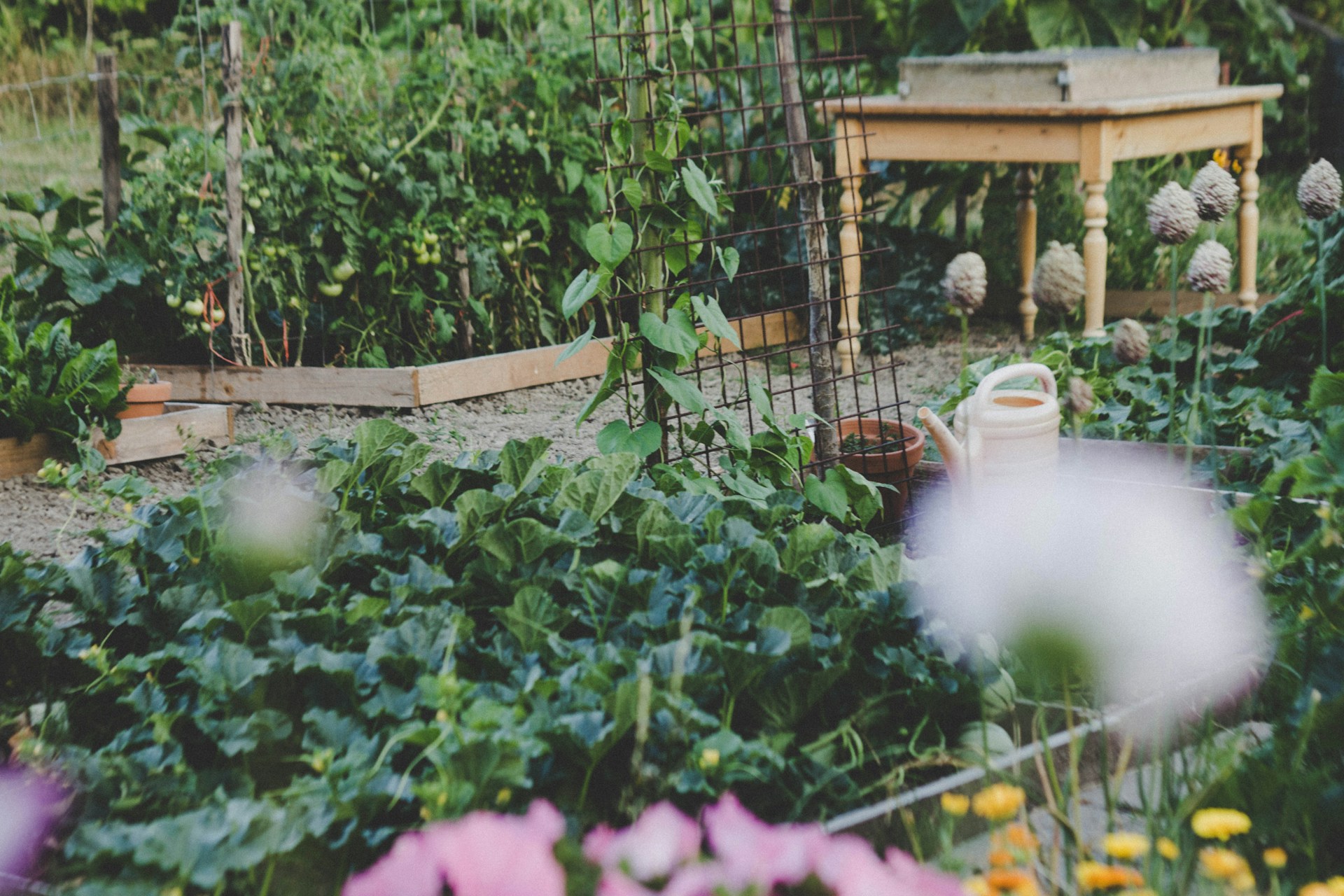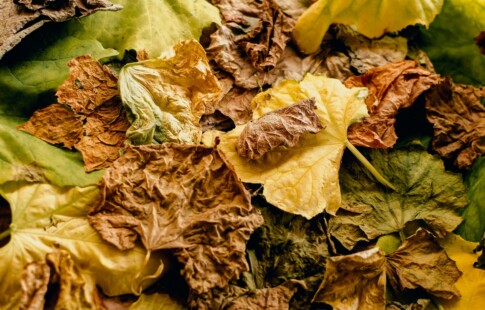
A Beginner’s Guide to Vegetable Garden Mapping
We are reader-supported. When you buy through links on our site, we may earn affiliate commission.
Do you want to know how to achieve a successful growing season? Whether you have a small backyard or ample room for garden beds and containers, vegetable garden mapping will make your life much easier and allow you to grow thriving crops.
Of course, planning your vegetable garden could feel overwhelming if you’re new to it. Let this guide help you produce bountiful crops come spring and summer.
What Is Vegetable Garden Mapping?
Vegetable garden mapping is exactly what it sounds like — a blueprint for your intended garden. The rendering should include where you plan to put each plant type, the garden bed or raised bed specifications, and the prospective layout.
A vegetable garden map takes the guesswork out of planting come the start of the season. You’ll have less to worry about with everything planned well before.
How to Plan Your Vegetable Garden: 6 Tips
Diving headfirst into gardening without a comprehensive map may not always yield the healthy vegetables you want. It’s worth planning your course of action well before your plants take root in the ground — sometime in the winter is ideal. Here are six tips for prosperous vegetable gardening.
1. Note the Soil and Drainage Requirements
Once you’ve selected the site for your garden or raised beds, keep a list of notes. For instance, you’ll want to decide what soil you plan to use — a blend of nutrient-rich soil and peat moss may be a positive approach for seeds and seedlings.
Likewise, consider how you’ll ensure proper drainage. Although soil conditions don’t have to be perfect, most plants prefer loose, well-drained dirt with a pH of 6 to 7 and high organic matter.
Organic matter is among the most critical soil criteria due to its ability to retain water. It is best to add it to the soil in the fall so it can undergo its natural chemical process. Composting animal manure, in particular, will provide the perfect source of organic matter for plants to grow healthy and strong. Always compost to a minimum of 145 degrees Fahrenheit to kill bacterial pathogens and weeds. Also, apply it three to four months before harvesting.
2. Determine Your Agricultural Zone
You’ll have better luck growing fresh produce when you use plants that are distinctive to your agricultural zone. Not all plants thrive in the same climate — most require specific temperatures and weather conditions to sprout.
The U.S. Department of Agriculture Plant Hardiness Zone Map lays out 13 regions for different plants. Each zone is based on a location’s minimum winter temperature in 10-degree increments, with half zones labeled as “a” and “b.”
For example, Zone 6 stretches from coast to coast, including parts of New England, the Rocky Mountains, and the Pacific Northwest. Meanwhile, Zone 8 is found mostly across North Carolina, South Carolina, and the middle of Texas. Determine your agricultural zone and start making a list of the crops that will have the most success.
3. Understand Sun and Shade Requirements
After you decide on what crops you want to plant, you’ll want to consider their sun and shade requirements — this is especially important when vegetable garden mapping each crop’s placement.
Plants will require full sun, partial sun, partial shade or shade as follows:
- Full sun: Six or more hours of direct sunlight daily.
- Partial sun: Four to six hours of sunlight daily.
- Partial shade: Two to four hours of sunlight daily.
- Shade: Less than two hours of sunlight daily.
Examine the backyard to see where the most light hits and for how long. Depending on what you’re growing, this technique may help you with site selection.
4. Know the Growing Size
Beginner gardeners might want to start with three to five manageable plants — the freshest-tasting or most expensive to buy might help narrow your options. Then, see how tall they’ll grow when they’re mature.
You want to ensure there is enough space to accommodate the crops and give their roots room to spread in the ground. Consider how many inches are appropriate for each plant, and determine how many you can fit at once. Likewise, draw in the tallest plants at the back of the plot to avoid shading shorter crops that need adequate sunlight.
5. Practice Row Cropping
Row cropping will keep your plants well organized in the garden or raised bed. For this layout, vegetable crops should be planted in straight rows or grids — the latter has tighter spacing between plants. Many gardeners pay closer attention to companion planning when gardening in rows and grids, giving their crops the best chance of growth. Of course, it could take a bit more trial and error to get it right.
Plant crops with similar watering and fertilization conditions. This will make maintenance much easier.
6. User a Planner App
When pen and paper proves too tricky, a vegetable garden mapping app is a convenient tool to help you at the start of the growing season.
For example, Garden Manager is a web-based app that allows you to create visual representations of your garden beds. You can specify the measurements, desired plants, and appropriate spacing, as well as your hardiness zone, soil depth, and sunlight amount. Garden Manager will then provide a list of suitable plants for your garden.
GrowVeg Garden Planner is another helpful app that delivers companion planting suggestions for each crop you intend to include. There aren’t any crop recommendations like Garden Manager, but you’ll still have access to a planting calendar telling you when to start your seeds indoors, transplant them outside, and harvest them.
Finally, Veggie Garden Planter is among the best planners available. For $3.99, you can curate a list of crops you want to grow, view their best companions, and learn how to plant them appropriately.
Happy Planting With Vegetable Garden Mapping
Mapping your garden is the first step to reaping the rewards of healthy crops. Naturally, you’ll want to start planning early to ensure you’re ready for the growing season. Utilize the different planner tools and consider the best-growing conditions for each crop for a comprehensive map.
Share on
Like what you read? Join other Environment.co readers!
Get the latest updates on our planet by subscribing to the Environment.co newsletter!
About the author
Grace Waters
Always inspired by the natural world around her, Grace grew up exploring tide pools and hiking mountain trails, developing a deep appreciation for biodiversity and conservation. Now, Grace works as the Senior Editor of Environment.co where she covers topics related to emerging clean technologies, zero-waste initiatives, and the intersection of environmental policy and everyday living.





